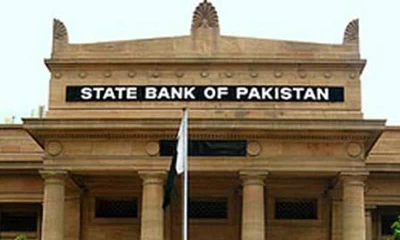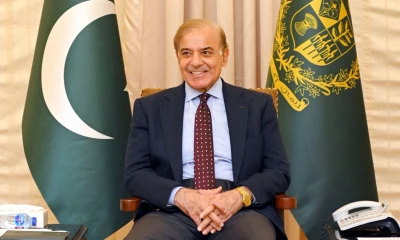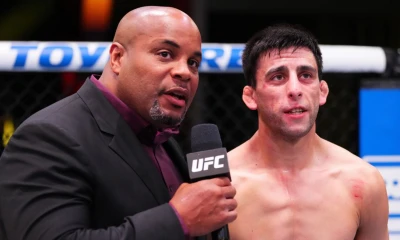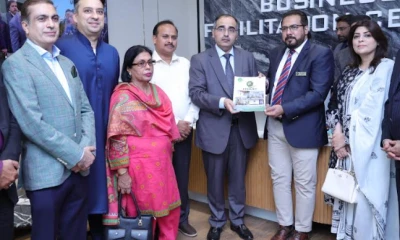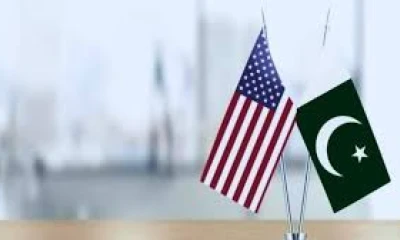
Six months ago, I spoke with a man named Elan Trybuch about a problem he was seeing online. He kept coming across different ebooks about mushroom foraging that looked somehow off. Off as in: maybe poisonous.
The books were shorter than most foraging guides were, and way, way cheaper, says Trybuch. He’s a software engineer and volunteer secretary for the New York Mycological Society, a nonprofit devoted to “spreading knowledge, love and appreciation of fungi.” He knows mushrooms and he knows AI, and he thought the covers of these books were probably AI-generated.
“They had mushroom structures that don’t quite make sense,” says Trybuch. They were the mycological equivalent of a picture of a hot blonde with six fingers and too many teeth.
Most disturbing was the information inside the books was totally wrong. “They aren’t even giving you descriptions of real mushrooms. They’re giving you something completely made up,” Trybuch says. Any readers looking to try to use these books to figure out which mushrooms were safe to eat and which weren’t would be out of luck, which to Trybuch was seriously concerning. “It could literally mean life or death” if you eat the wrong mushroom, he says.
The problem of very low-quality, very low-priced, probably at least partially AI-generated ebooks is not confined to mushroom foraging. Garbage ebooks have been a problem on Amazon for at least a decade, but — not unlike many strains of fungi — they’ve exploded over the last few years.
I spent months investigating the shadowy economy where they’re produced, and what I learned took me by surprise.
Inside the scammy world of garbage ebook publishing
Garbage ebooks are all over Amazon’s Kindle store, on every topic. Searching for Jonathan Haidt’s bestselling new book The Anxious Generation, I found Jonathan Haidt: The Biography of Jonathan David Haidt, Navigating Morality and Policy; A Joosr Guide to... The Happiness Hypothesis by Jonathan Haidt: Finding Modern Truth in Ancient Wisdom; and The Jonathan Haidt Story: Exploring the Life and Work of a Renowned Social Psychologist, Author, and Advocate.
None of these are actually books so much as book-shaped digital files, designed to be picked up in keyword searches and get clicked on in a hurry by someone a tiny bit distracted or not digitally savvy enough to notice what they’re doing.
This kind of grift has been around for a while. Now, with the rise of large language models, garbage ebooks have become easier and cheaper than ever to make. Garbage book grifters often don’t use AI to write their books, but they do use it to pick a topic and build an outline. Then they give the outline to a wildly underpaid ghostwriter to flesh it out into something that will pass muster as a real book. The model is a dangerously inviting prospect for anyone who’s ever toyed with the idea of publishing a book but doesn’t want to actually write one.
It turns out, though, that the people who make garbage ebooks mostly lose money.
The real cash seems to come from the people who teach others the garbage ebook scheme. These teachers claim they’ve shared the key to a life of passive income, but their students say all their courses offer is demands for more and more money, with the ever-deferred promise to teach you the real secrets to easy money once you’ve paid just a few thousand more dollars.
Even these grifters are not the real villains. They are often small-time operators working one level of a very big grift industry.
The grift is that technology and retail platforms have incentivized a race to the bottom when it comes to selling books. They’ve built an ecosystem where all the incentives are to sell at high volume and low cost. In book production, the biggest cost-saving and time-saving measure you can take is cutting out the labor of writing the actual book. Together, without ever caring enough about the issue to deliberately try to do so, these corporations have built a landscape in which it’s hard to trust what you read and hard to sell what you write.
In the end, everyone loses: the would-be writers getting grifted in a fake publishing school, the real writers whose products are getting choked out of the marketplace by floods of cheap garbage, and the readers who just want to be able to buy a book without having to check to make sure the author isn’t a robot.
I asked Elan Trybuch if he thought anyone was buying all those fake mushroom foraging guides.
“Yeah,” he said. “I mean, there’s a sucker born every minute.”
Read the full article here. This version of the story appeared originally in Today, Explained, Vox’s flagship daily newsletter. Sign up here for future editions.
Sports
Follow live: Luis Severino has not allowed a high through five innings vs. Cubs
Box score for the Chicago Cubs vs. New York Mets MLB game from April 29, 2024 on ESPN. Includes all pitching and batting stats.
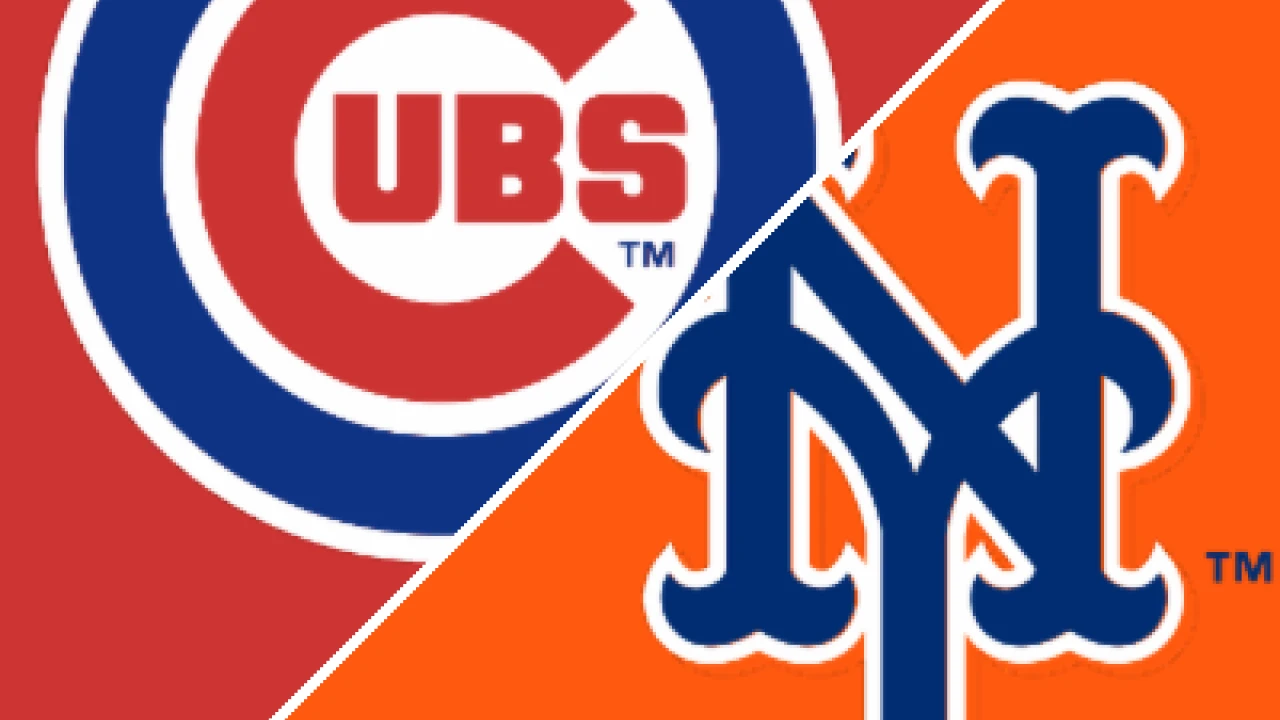
Sports
Sources: NCAA in talks to settle NIL antitrust case
The leaders of college sports are involved in "deep discussions" to reach a legal settlement that would likely lay out the framework for sharing revenue with athletes in a future NCAA business model, sources told ESPN.
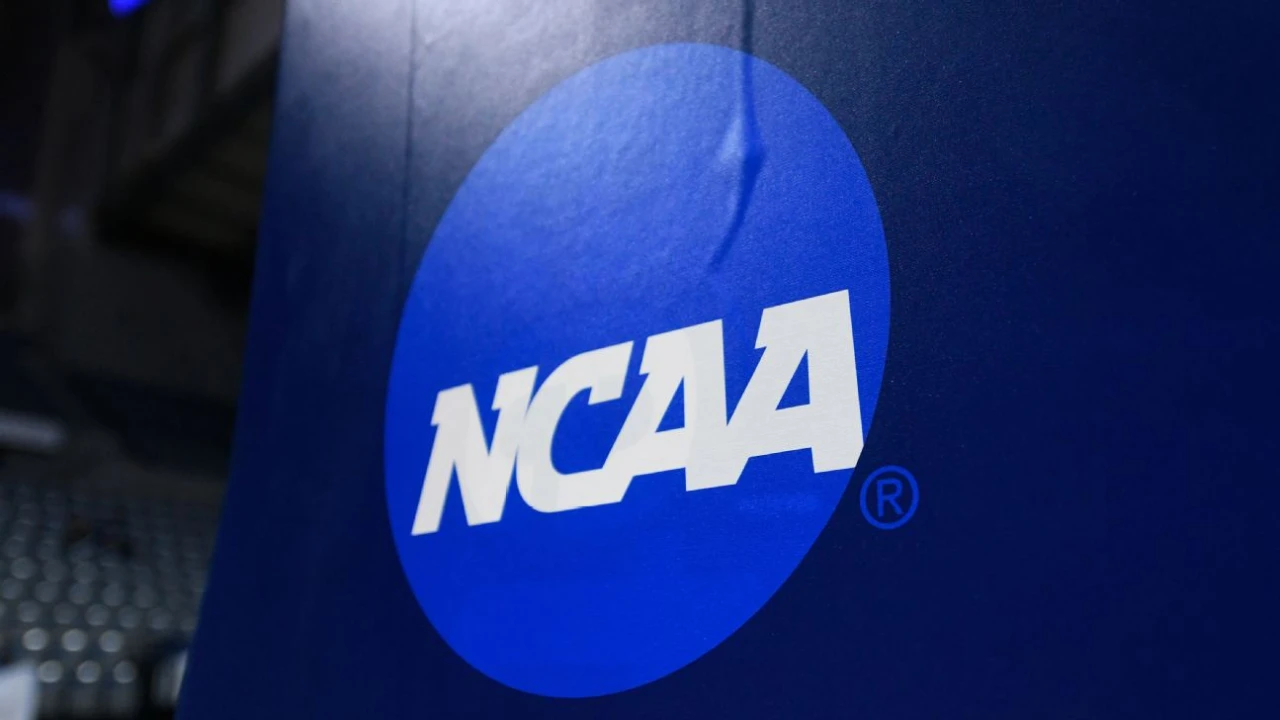
The NCAA and its power conferences are defendants in an antitrust class action lawsuit, House v. NCAA, which argues that the association is breaking federal law by placing any restrictions on how athletes make money from selling the rights to their name, image or likeness. The case is scheduled to go to court in January 2025. If the plaintiffs win at trial, the NCAA and its schools could be liable to pay more than $4 billion in damages, which has motivated many leaders across the industry to seek a settlement.
Sources indicated that a turning point in the discussions, which have been ongoing, came last week in the Dallas area, where the power conference commissioners, their general counsels, NCAA president Charlie Baker, NCAA lawyers and the plaintiffs' attorneys met. (They chose the Dallas area because they were already there for the College Football Playoff meetings, which were held in that area last week.)
While sources stressed that no deal is imminent, details about what a multibillion-dollar settlement could look like are expected to be shared with campuses in the near future. There are myriad variables to get to the finish line and still some obstacles and objections at the campus level, but sources indicate that progress has ramped up in recent weeks.
A settlement would provide some legal relief for a college sports industry that's been peppered by lawsuits. It could also serve as a keystone piece to formulating a more stable future. With the settlement expected to cost billions in back pay for former athletes, it would likely also require the NCAA and conferences to agree to a system for sharing more revenue with some of the players moving forward.
Sources indicated the top-end revenue share number per school -- once it's determined -- would be in the neighborhood of $20 million annually, although that's yet to be settled. Whatever number is set by the settlement, individual schools will be able to opt in to share revenue up to that number with their student athletes at their discretion. (They could choose to share less, but not more.)
Texas A&M athletic director Trev Alberts, for example, recently told the Bryan-College Station Eagle that schools could be adding $15 million to $20 million to their budgets annually for what he termed a "new expense category" in college athletics.
What's uncertain, for now, are the mechanics of how this could work. Do the schools buy the NIL of their athletes? How would Title IX be impacted?
The House case is one of four active antitrust lawsuits, all of which serve as a threat to some part of the NCAA's remaining caps on how athletes are paid. In three of those cases, including the House case, athletes are represented by veteran sports labor attorney Jeffrey Kessler.
Kessler did not respond to a request for comment Monday. His co-counsel, Steve Berman, told ESPN on Monday: "Judge Wilken has told us that she expected us to be discussing settlement given the lengthy litigation over the issues and the parties' familiarities with the strengths and weaknesses on each side. We are simply following the judge's instructions and have nothing to report other than that."
In an interview with ESPN earlier this month, Kessler declined to comment on any possible negotiations but said he felt a settlement was the quickest route toward transforming college sports.
"I can't guarantee this, but I think [the defendants'] lawyers have told them they're in all likelihood going to lose," Kessler said. "If they lose, the damages are going to be gigantic. Further, they've been told that it's much better for them to be active participants in settling and deciding their future lives and fate than it is to let the court impose it on them."
The House case includes two separate classes of plaintiffs. The damages class is composed of former college athletes from the past several years who argue the NCAA owes them back pay for the money they could have earned if they had been allowed to sign NIL deals prior to 2021. The injunctive class includes current college athletes, who argue that any of the existing restrictions on what types of NIL deals athletes can sign are also illegal.
In court testimony, economic experts hired by the plaintiffs argued that the damages class missed out on more than $1 billion in NIL opportunities in the years leading up to 2021. In antitrust cases, the court makes the defendant pay triple the amount of actual damages as punishment if it has violated the law -- hence the estimated $4 billion price tag of a legal loss.
"If we settle for the injunction class, it will involve an agreement of what the future will look like," Kessler said. "If we settle for the damages class, that's basically money for the past."
Another pending antitrust lawsuit, Carter v. NCAA, which was also filed by Kessler, argues that the NCAA should not be able to keep schools from paying players directly for their performance. While the cases do not need to be settled together, it's likely that both sides would want to reach an agreement that is substantial enough to keep them from ending up back in court for the Carter case in the near future. Sources indicated to ESPN that schools would likely want protection from future litigation as part of a settlement in the House case.
In professional sports, revenue sharing deals are typically reached through a collective bargaining agreement. While that might also be the route for college sports if schools decide to share more with players, there is some precedent for working out the details of labor agreements within the settlement of a lawsuit. The NFL, for example, settled a case with Reggie White in 1993 that established the rules for free agency and salary caps for the league. One of the lawyers who represented White in that case was Kessler.
Along with the threat of antitrust lawsuits, the National Labor Relations Board is also reviewing a pair of cases that aim to classify college athletes as employees and allow them to unionize.
NCAA leaders have remained firmly opposed to athletes becoming employees. However, Baker -- who took over as the association's president last March -- said he wants to find ways for some schools to provide more to their athletes. He proposed in December creating a new subdivision of the wealthiest teams that would be required to pay at least half their athletes a minimum of $30,000 per year.
"If you look at what Baker has been out there doing, he seems to be very aware," Kessler told ESPN earlier this month. "Some of his proposals he's made in December -- I'm not say it's what we'd settle for -- but it's certainly moving in the direction of proposing to give much more compensation to the athletes. That's what we're advocating."
The NCAA has also attempted for the past several years to convince Congress to create new rules to help govern college sports. Among the items it would like to see in a federal law is a clause that specifies that college athletes aren't employees. Congress has thus far made no demonstrable progress on a bill, but a significant settlement that shows a commitment to future revenue sharing in the House case could convince some lawmakers to provide help to the NCAA.
-

 Pakistan 2 days ago
Pakistan 2 days agoPM calls for addressing global inequalities in vaccine distribution
-
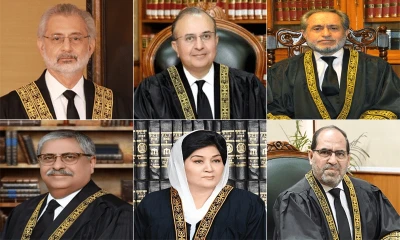
 Pakistan 22 hours ago
Pakistan 22 hours agoSC adjourns hearing IHC judges’ letter case till May 7
-
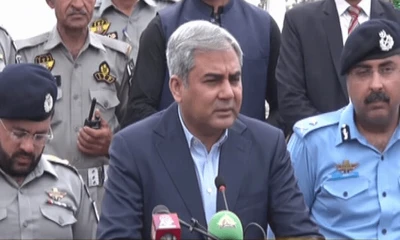
 Pakistan 1 day ago
Pakistan 1 day agoDriving license exclusively for students
-
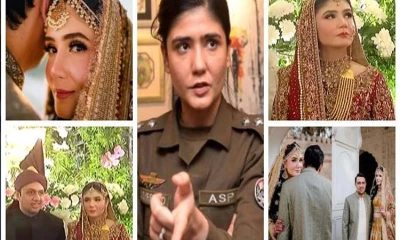
 Entertainment 1 day ago
Entertainment 1 day agoWedding pictures, videos of ASP Shehrbano go viral
-

 Pakistan 10 hours ago
Pakistan 10 hours agoRana Sanaullah appointed as advisor to PM on political affairs
-

 Pakistan 2 days ago
Pakistan 2 days agoFM Dar appointed as Deputy Prime Minister
-
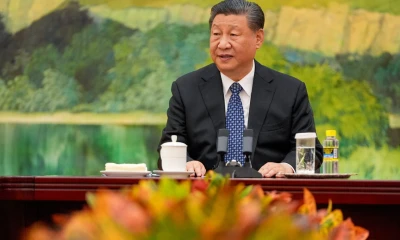
 World 1 day ago
World 1 day agoPresident Xi to visit France, Serbia, Hungary from May 5
-

 Sports 16 hours ago
Sports 16 hours agoEngland announce squad for series against Pakistan









